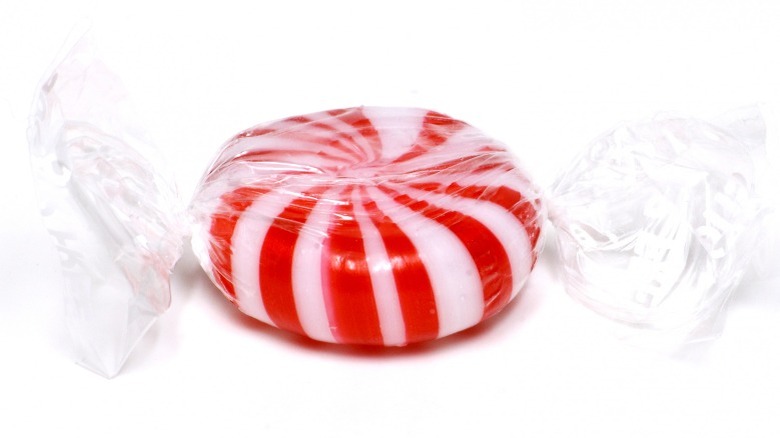How Do Motion Sickness Glasses Work?
If you get motion sickness when you ride in a car, on a boat, or in a plane, you're not alone. According to the experts at MedlinePlus, motion sickness is so common they estimate that roughly one in 3 Americans is highly prone to it.
If you've experienced motion sickness, it should come as no surprise that symptoms include nausea, vomiting, dizziness, and sweating, among others. Anyone can be susceptible to motion sickness; however, women tend to be more prone to the experience than men, and children more than adults. While more research is needed to fully understand the reasons why certain people are more susceptible than others, health experts suspect that motion sickness occurs when movement signals are not in sync among different parts of the body. They also believe genetics may play a role, notes MedlinePlus.
Motion sickness is not typically a serious health problem; however, if you are prone to getting motion sickness, there are various methods you can try to keep this unpleasant experience at bay, including motion sickness glasses.
Glasses and other tools to prevent motion sickness
According to Healthline, there are a few types of motion sickness glasses, and each brand claims its glasses help reduce motion sickness symptoms. One version has two circular rims on the front and one on each side. These rims are filled with colored liquid, creating an artificial horizon. According to the manufacturers, when a vehicle you are in moves, the liquid moves, sending more balanced signals to your brain and eliminating sensory mismatch.
Xpand glasses, on the other hand, use strobing flashes of LED light to try to eliminate sensory mismatch. Healthline warns that they should not be used by people who are pregnant, taking certain medications, or have epilepsy, migraine, or glaucoma.
Healthline notes that more research is needed on motion sickness glasses to verify their effectiveness. Results may vary from person to person.
There are several other remedies you can try to alleviate motion sickness. Cleveland Clinic points out that antihistamines, which are typically used for allergies, can help reduce motion sickness. However, only the types that induce drowsiness will be effective. They also suggest Scopolamine skin patches, which you place behind your ear four hours before you plan to travel. You can also try sucking on peppermint or ginger hard candies, drinking water, and eating bland food before traveling.


